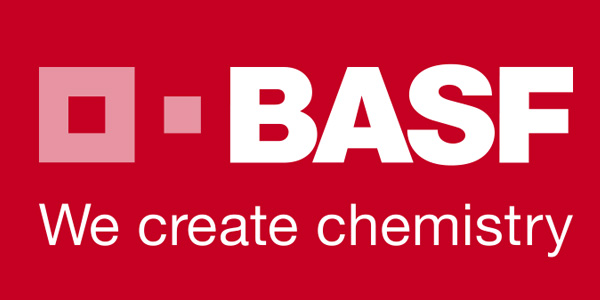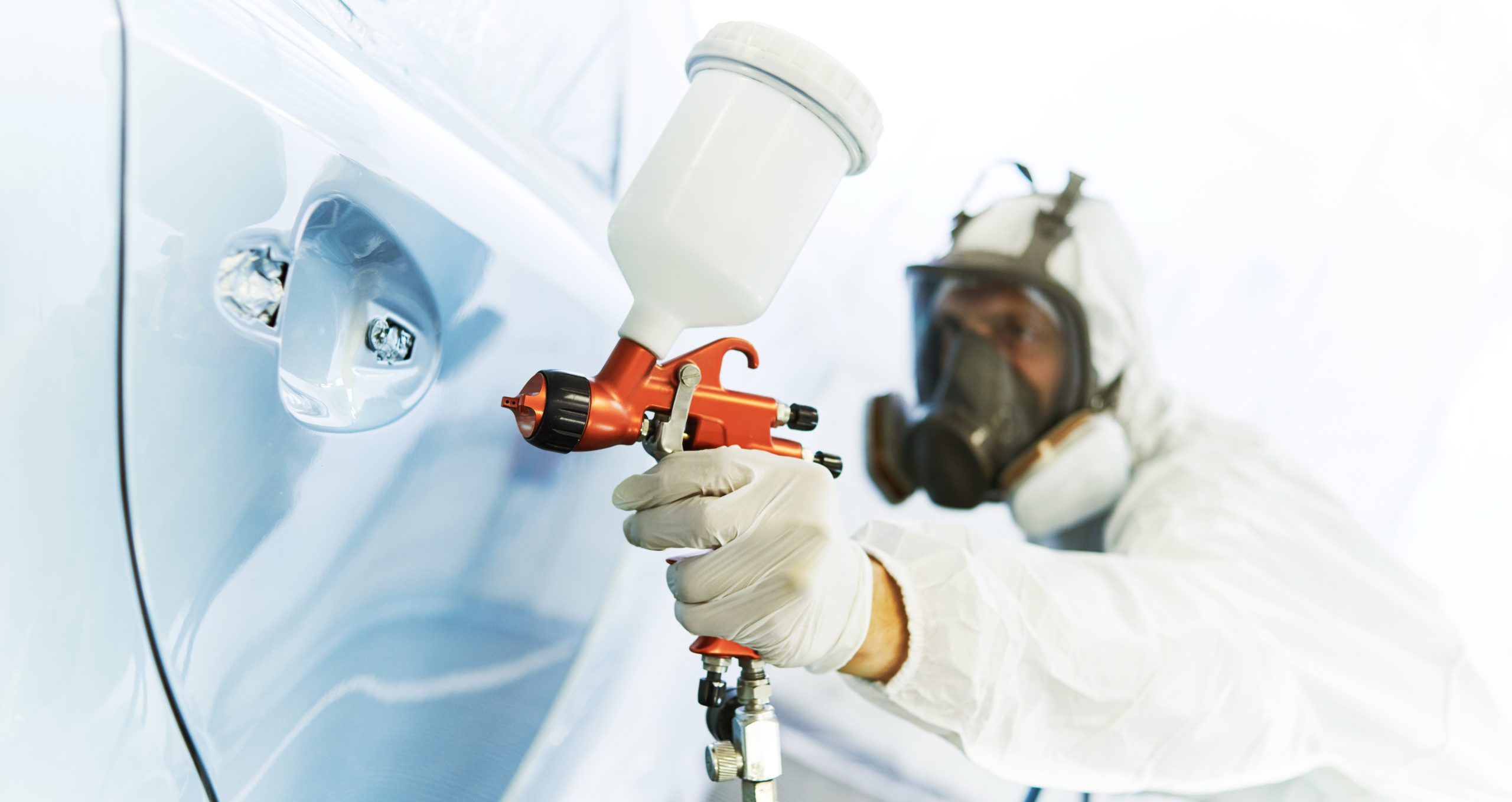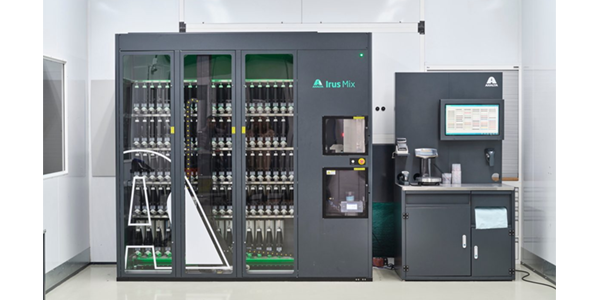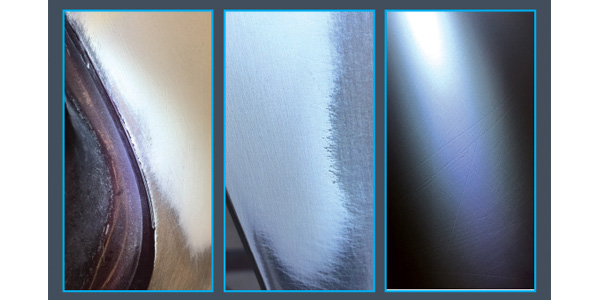
We all operate daily by way of habitual behavior. Every one of us. We get up, brush our teeth, feed the cat, let the dog out, make the coffee, etc., and then make our way to the shop. There are countless activities we do on auto-pilot. We don’t even think about what we’re doing. Naturally, there’s some freelance thinking involved as well. After all, we’re not drones. But much of what we do is simply habitual.
While we do the same thing nearly every day – paint cars – there are no identical crashes/repairs/refinishes for us to duplicate time after time. This is where the freelance thinking comes in; the evaluation each new RO/vehicle we encounter in the paint shop requires, and the subsequent evaluation of each task necessary to deliver the vehicle to a pre-accident condition. Oh, and of course the goal is to achieve this as fast as possible. For the flat-rate painter, to flag as many hours as possible. For the shop, to process more cars faster. Both tempered with a quality mindset to ensure procedural accuracy and doing the job right the first time.
We’ll discuss habits of efficiency in the micro – with the benefit toward the painter/prepper – but also in the macro, for the shop’s benefit. Not to get too philosophical, but hopefully the general attitude of the painter is something along the lines of, “What can I do differently to impact my productivity?” followed by, “How can I impact the shop positively?” Likewise, a healthy culture in the shop and leadership aimed at promoting an ICAN (Improvement, Constant and Neverending) environment exists in such a manner that no painter or body tech is an island unto himself, but rather all are manning an oar in concert with everyone else in the boat. Think about a sports team, where individual talent benefits the player’s personal stats and salary negotiation, and at the same time the team’s chances of a championship.
So what are we talking about, Carl? Well, there are specific habits a painter can adopt to increase efficiency. But before we drill down on them, let’s consider a couple of areas any shop can improve upon to increase overall efficiency.
Communication
By and large, the greatest impact will be meaningful communication. In a perfect world, every bit of related and unrelated damage would be documented and communicated with the customer, the adjuster, the parts person, the body tech, the painter and detailer. I know it’s not a perfect world and, for many reasons, it’s not possible to achieve that all of the time. However, we can adopt certain habits to improve upon our existing communication. For example, 100-percent teardown, while still resisted by some, has unquestionably proven its worth. It allows us to reveal and document every bit of damage and every part necessary to restore the vehicle back to pre-loss condition. Additionally, every labor operation required is also revealed. This one habit alone will improve the shop’s cycle time.
Organization
When shop leadership adapts the habit of organization, it has a snowball effect. This translates to a more efficient work space, and tools are where they should be. Standardization of materials keeps inventory SKUs minimal. Min-Max inventory control systems keep us from running out without having year-old inventory on the shelf. It’s not possible to have bottom-up culture changes that have any lasting effect; this requires top-down leadership.
Now, onto the meat and potatoes: habits we can adopt in the paint shop to increase efficiencies.
Chess, Not Checkers
This habit of looking ahead and anticipating requires forethought and planning. There will likely come a time when certain operations become second-nature and no conscious planning is required, but this is a benefit of repetition and experience and takes time to develop.
As a simple and common example, when a chipguard operation happens in the booth, that’s checkers. I can’t think of any wet-on-wet chipguard products that are available. So 30 to 60 minutes of booth-cycle time is likely wasted, which adversely affects our production efficiency. Chess, on the other hand, is anticipating the need for chipguard and controlling the timing of application so the required dry time doesn’t interfere with booth efficiency.
Another habit that should be adopted is inspecting the body work prior to priming. I realize nearly everyone will claim it’s already being done in their shop, but I challenge any painter/owner/shop engaged in collision repair with cycle-time considerations to tell me they don’t fix body filler pinholes in the primer in the paint shop on a regular basis. Nearly all shops do due to how easy it is to see the pinholes after they’re primed. I submit that a better inspection would detect the pinholes so they can be addressed prior to priming; otherwise, we ask the primer to do something it not only wasn’t designed for but most times will fall short.
It starts with the body man blowing all the filler dust from sanding off the repair and taking a close look with adequate lighting – and putting on the reading glasses, if necessary. But it really falls on the painter to ensure that what he’s priming is really ready. Finding and fixing any pinhole or overly aggressive scratches before priming is a chess strategy.
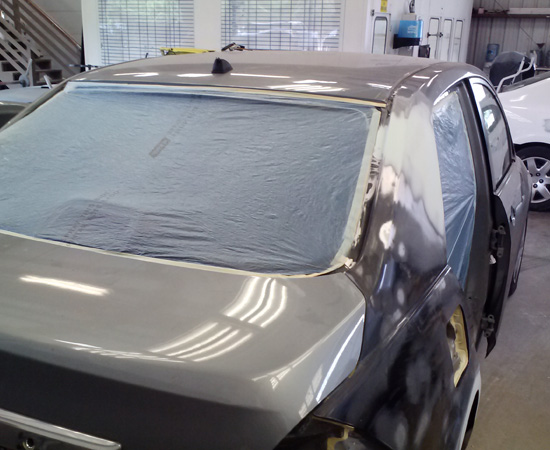
Over-production Inefficiencies
When you produce more than can be worked on, it’s a result of resources being used inefficiently. There are times when this may seem counterintuitive, such as batch priming in order to minimize the mixing of primer and cleaning the spray gun. It may seem like getting the most out of this particular operation is more efficient, but the reality is that touch-time production is compromised in order to facilitate this over-production of priming. Every time study done bears this out.
Before 2K primers dominated the market, lacquer primer was present in every shop. Typically, a dedicated primer gun that was always full of primer was hanging around, and jobs were primed as soon as the body work was done. Due to the drying characteristics of 2K primers compared to lacquer primer – molecular crosslinking requiring a cure time verses evaporation of solvent – we found we had to clean our spray equipment every time we used it, whereas with lacquer primer we didn’t. It doesn’t happen too often these days, but during the 2K introduction days, many a gun full of primer kicked off and required a laborious cleaning session. I don’t mention this to advocate a return to lacquer primer; I’m just making the case as to why we started batch-priming.
It was/is typical for a shop to start prepping, masking and priming 60 to 90 minutes before the end of the day. Multiply that by how many bodies there are in the paint shop and you see the lost man-hours of production. In the big picture, it would appear that we are simply trading man-hours here for man-hours there and that it all comes out in the wash. But it only seems that way. It’s been demonstrated time after time that when we prime what we need now, and keep that vehicle in production, we cycle it through faster. We increase our touch-time in the paint shop, which typically decreases our overall cycle time. If you really want to see a game-changer, try a UV curing system where it literally takes longer to spray a couple of coats of primer than it does to cure the product for sanding.
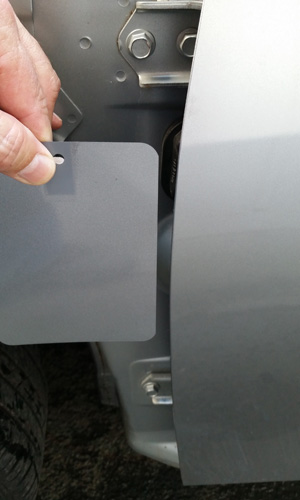
Economy of Motion
Most of us want to do a given task with the fewest steps possible. In spite of that, most of us tend to keep our “pet” procedures that we’ve always done. In fact, not everyone even asks the question, “How can I do this task faster?” Those who do will develop or adopt standard operating procedures (SOPs). There’s no question that SOPs can increase efficiency; the question is, “What SOPs?” or “What habits of efficiency?” Here are a few to consider:
- Use point-of-use carts. These will minimize walking around looking for: cleaners, abrasives, guide coat, tools, inspection lights, etc. Typically, a cart for prep and a cart for buffing is
in order. - Clean like you mean it. Use waterborne cleaner to remove any water-soluble contaminates such as dirt and dust, bird poop, sweat and salt from our hands. Move onto solvent cleaner to remove road tar and other petroleum contaminates. Failing to adopt a proper cleaning procedure will likely result in a less than satisfactory outcome. Whether it’s painted-over dirt or sanding dust, fisheye contaminates or delamination, proper cleaning is the first and last step in preventing this.
- Dry sanding. When a painter clings to wet sanding, he’s clinging to a technique developed prior to the superior abrasives of today. Dry sanding not only produces just as good a result as wet sanding, it’s also much faster.
- Sand with a purpose. Understand the job of the various grits and what you’re trying to achieve. Don’t try to block-sand with too fine a grit or you’ll just make things “wavy-smooth” as opposed to straight. Likewise, don’t try to stop short of the proper grit and attempt to paint too coarse a scratch or you’ll wind up with shrinkage and sand-scratch swelling.
- TOML (take one more look). We’ve discussed this before, but it’s worth repeating. At every stage of preparation and application, before going on to the next task, take a closer look with adequate illumination to ascertain you’ve achieved the goal: clean enough before sanding, straight enough before priming, sand scratches reduced to the proper grit signature before sealing/painting, adequate coverage prior to basecoating or clearing, desired texture in clearcoat. Every one of these procedures is easier to correct before going on rather than after the next step or, even worse, after the job is “done.”
- Inspect your work. Make sure the quality is where it needs to be. You know what’s acceptable and you know what you’ve done. Don’t make someone else tell you.
- Maintain your equipment like it’s your money-maker. Your tools are an investment in your craft. Clean them properly and often. Don’t wait until they perform badly to address maintenance concerns. This goes for the booth, too.
- Keep accurate records. Create and maintain your color library. Color assessment and formula selection can become unbelievably fast when the “chips” you’re matching with have been sprayed by you.
- Cover car openings during prep. When a door or windshield is removed from a vehicle, take a minute and mask/cover it up. This will save an enormous amount of cleanup time later.
- Assess your color first. Checking and choosing your color first allows you to check it where it matters: where you intend to paint/blend. If you check it after prepping, then you must check the color somewhere you’re not painting.
- Paint parts off the car. By edging a part at the time of exterior painting, hours can be shaved off the process time of the vehicle.
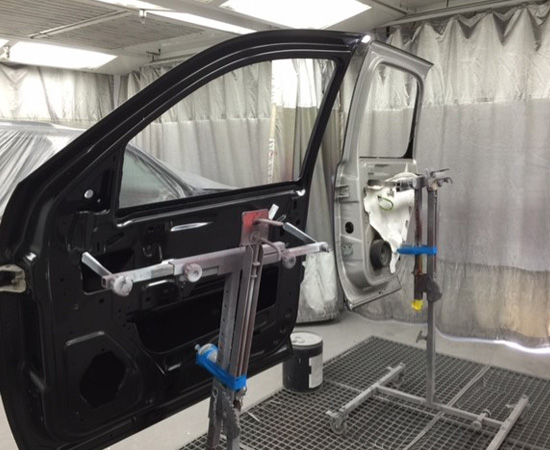
Slaying the Dragon
Enlist those who have gone before you. Whether you implement kaizen, theory of constraints or Ben Franklin’s 13 virtues, there is nothing new under the sun and someone somewhere has already slain the dragon you’re fighting.
Remember, it’s not magic, and we still live in the real world where the solution to every problem creates a new opportunity elsewhere. Once you see an improvement in the paint shop’s efficiency, you’re going to have to figure out how to put those vehicles back together faster because the bottleneck will shift. And processing the cars through the paint shop faster is a pretty good habit to have.











